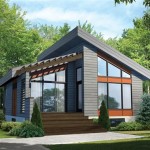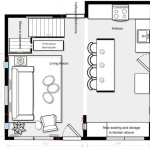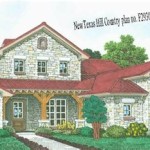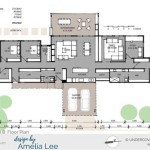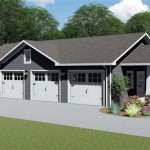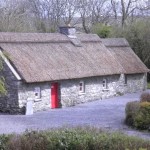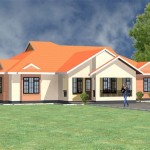Plantation Houses: Symbols of a Complex Past
The term "plantation house" evokes a powerful image: a grand, often columned structure situated amidst sprawling fields, a testament to a bygone era marked by wealth and power derived from the institution of slavery. These houses, built primarily in the American South, represent a complex and often painful chapter in American history. They stand as tangible reminders of a system that profited from the exploitation and dehumanization of enslaved people, while simultaneously serving as physical embodiments of a particular architectural style and a specific way of life.
The Architecture of Plantation Houses
Plantation houses were typically constructed in a variety of architectural styles depending on the time period and geographical location. Some common styles include Colonial Revival, Greek Revival, and antebellum Southern Plantation. The designs often featured large verandahs, high ceilings, multiple chimneys, and extensive gardens. These features were not merely aesthetic; they served practical purposes in the hot and humid Southern climate. The wide verandahs provided shade and ventilation, while the multiple chimneys helped to circulate cool air throughout the house.
However, the architectural grandeur of these houses often belied the harsh realities of life for those who lived and worked on the plantations. While the owners enjoyed spacious living quarters, slaves were confined to cramped and often unsanitary quarters. The elaborate gardens, while beautiful, were often cultivated by enslaved labor. The very beauty and opulence of the plantation house served as a stark contrast to the forced labor and hardship endured by enslaved people.
The Life of Enslaved People on Plantations
Plantation houses were not just homes; they were centers of a complex social and economic system. The lives of enslaved people were inextricably linked to the plantation and the house that stood at its heart. Enslaved people labored in the fields, performing the backbreaking work of planting, cultivating, and harvesting crops. They also served as cooks, maids, and skilled craftspeople within the plantation house itself.
The slave quarters were typically located near the main house, often in a separate outbuilding. These quarters were often overcrowded and lacking basic amenities. Despite the hardships they faced, enslaved people developed their own unique culture and traditions rooted in resilience and resistance. They created their own music, storytelling, and religious practices that helped them cope with the realities of slavery.
Preservation and Interpretation
Today, many plantation houses are preserved and open to the public as historical sites. Preservation efforts aim to maintain these structures and provide visitors with a glimpse into the past. However, the interpretation of these sites is a complex and fraught issue. The challenge lies in acknowledging the history of slavery and its impact on the lives of enslaved people, without romanticizing or minimizing the brutality of that system.
Museums and historical organizations are increasingly taking steps towards more inclusive and accurate representations of plantation history. This includes incorporating the voices and perspectives of enslaved people, highlighting the resilience of enslaved communities, and acknowledging the legacies of racial injustice that continue to impact society today.
The preservation and interpretation of plantation houses are crucial for understanding the complexities of American history. These structures serve as physical reminders of a past that cannot be ignored. They are places where we can learn about the lives of those who were enslaved, the systems of power that perpetuated slavery, and the ongoing struggle for racial justice in the United States.

Modern Plantation Style Homes Babb Custom

Houmas House Plantation Know Louisiana Cultural Vistas

What Is A Plantation House S Guide By Tallbox

Visit Plantation Homes Of The South Audley Travel Us

The Incredible Over 200 Years Old Forgotten Homeplace Plantation Down South In Louisiana

Nottoway Plantation Wikipedia

Architecture Houmas House Plantation

Plantation Southern Style House Plans

6 Russels Road Plantation House

Plantation House By Tropical Fruit World The Evolution Of This Iconic Tweed Venue Coast Weddings

